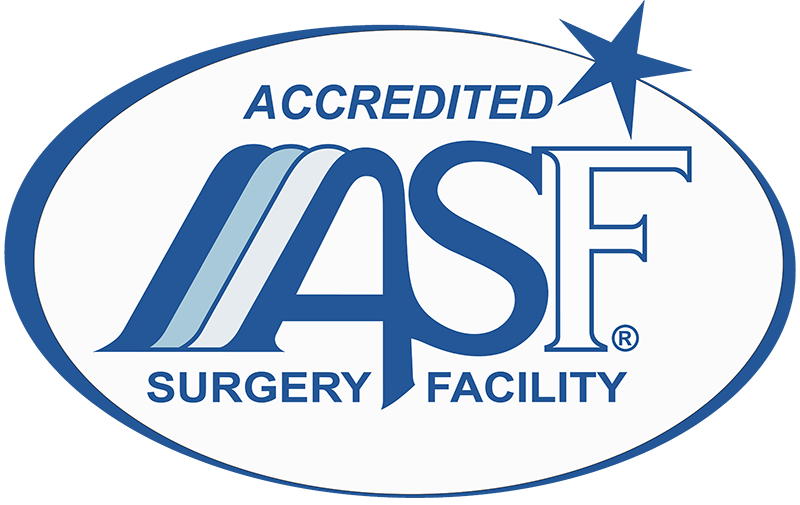Ankle-Brachial Index or ABI Test
This is a quick, noninvasive way to check for peripheral artery disease (PAD). The disease occurs when narrowed arteries reduce the blood flow to your limbs. PAD can cause leg pain when walking and increases the risk of heart attack and stroke.
The ankle-brachial index test compares the blood pressure measured at your ankle with the blood pressure measured at your arm. A low ankle-brachial index number can indicate narrowing or blockage of the arteries in your legs.
Done in an outpatient clinic or vascular laboratory.
Minimal, brief discomfort, similar to what you feel while having a routine blood pressure test with an inflatable arm cuff.
Why It’s Done
The ankle-brachial index test is done to check for PAD — narrowed arteries that reduce blood flow, usually in your legs. Research indicates that PAD affects about 10 percent of people over age 55.
Your doctor might recommend an ankle-brachial index test if you have leg pain while walking or risk factors for PAD, such as:
● History of tobacco use
● Diabetes
● High blood pressure
● High cholesterol
● Restricted blood flow (atherosclerosis) in other parts of your body
Risks
Aside from the momentary discomfort described above, side effects or complications are very rare.
Description
Blood pressure cuffs of various sizes are placed on your thigh, calf, foot and toes. Similar to having your blood pressure checked with an arm cuff, as the technician inflates the cuffs, they progressively tighten and are then quickly released. You may feel some discomfort, but generally for less than 60 seconds for each measurement.
How to Prepare
Wear clothing that will allow access to your thigh, calf, ankle and foot.
If you have a wound or ulcer anywhere on your leg or foot, bring extra dressing supplies to dress the area after testing is completed. Dressings that cover wounds sometimes need to be partially or completely removed.
Let the vascular laboratory technician know if you have had any previous bypass operations, stents, or angioplasty for leg circulation.
Testing generally lasts 10-20 minutes, depending on the number of measurements taken.
What Can I Expect After Test?
You can resume your normal activities after testing is complete.
The technician performing the test may be able to tell how your results compare to normal.
Discuss with your vascular surgeon whether you need further testing or treatment.
Quit Smoking. Eat Healthy. Exercise.
Complete the math problem above to prove you are human.


